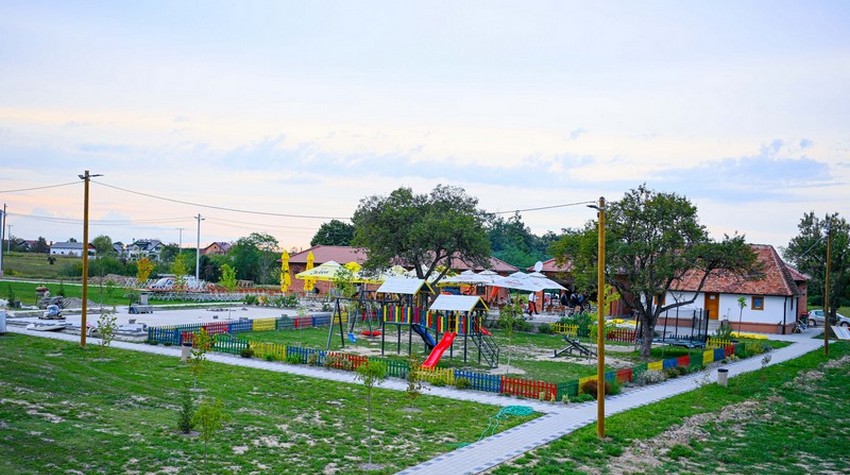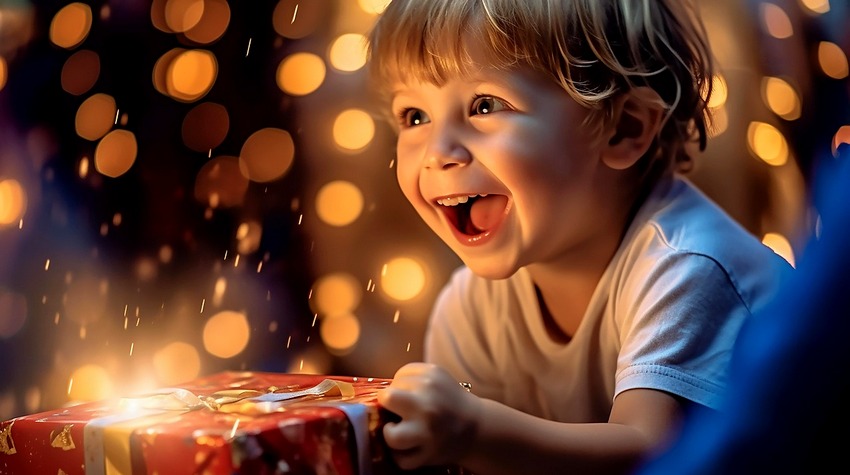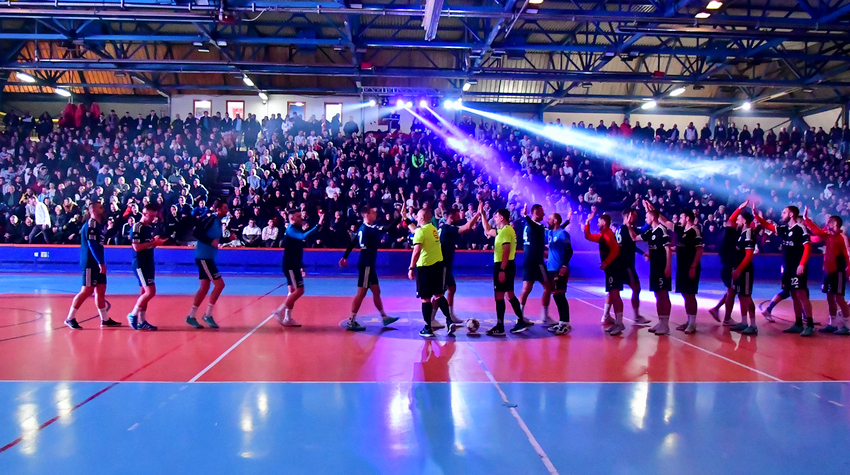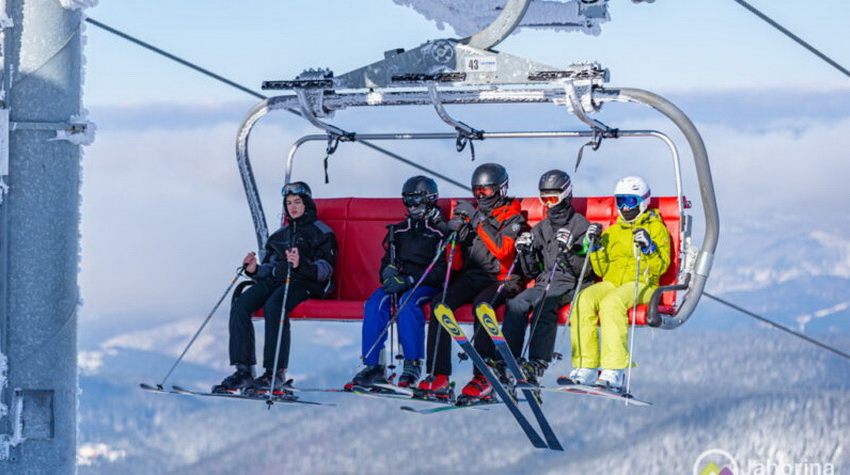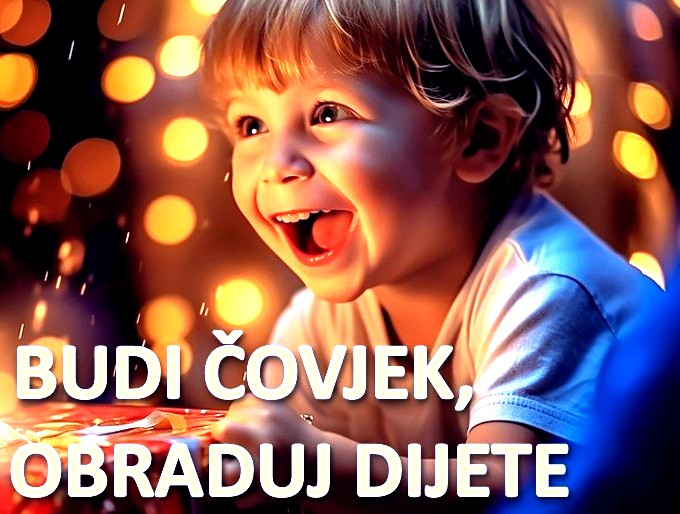HOW DRAGALJEVAC PRESERVED ITS SOUL AND TRADITIONS
On the northeastern slopes of Mount Majevica, where the vast plains of Semberija blend with dense forests and hidden clearings, lies the village of Dragaljevac. Divided into Donji, Srednji and Gornji Dragaljevac, this rural community has safeguarded its soul and traditions for centuries.
Dragaljevac
is more than a dot on the map—it is a living story of people who protect their
customs, preserve songs, crafts and memories of their ancestors. Tradition here
is not a relic; it is a way of life. Yet, as locals say, much has changed:
where days once passed in song, dance and gatherings, today many homes stand
locked and silent.
“There
are around 600 households. Sadly, many people have moved abroad, many houses
are locked because there are no heirs left. Unfortunately, very few of our
parishioners attend liturgies now—most of them live in Bijeljina, Brčko,
Ugljevik,” Abbess Gavrila told InfoBijeljina.
Dragaljevac
is a place where time seems to slow down. Its fields and orchards stretch in
all directions, while each stone, each path and each house testifies to
generations that lived, worked and dreamed here.
“AT
THE FAIR UNTIL DAWN—AND THEN STRAIGHT TO WORK”
“You
had to listen to your parents first. You’d go to the fair, stay until dawn, and
when you came home—you worked. None of this ‘you have to sleep in’ like today,”
recalls grandfather Slavko.
Like
many rural communities, Dragaljevac struggles with depopulation, weak
infrastructure and limited access to essential services. Young people leave for
education and work in cities or abroad. Still, not everyone is gone—some have
returned, bringing fresh ideas and energy.
“Our
village started to fade at one time, like all villages around. Now that has
slowed down—there are young people here again, even children. Times are tough,
agriculture is demanding and we’ve faced many challenges. But all in all, life
continues,” said Duško Cvijetinović, owner of the “Dule” dairy.
A
SCHOOL THAT REMEMBERS GENERATIONS
Dragaljevac’s
history is deep and layered. The village once had its own municipality, and the
traces of its past are visible everywhere.
The
central school “Stevan Nemanja” was built in 1853.
“This
is one of the oldest schools in northeastern Bosnia, according to documents and
church records. I worked here as a teacher for seven or eight years, and have
been principal for two and a half years. Sadly, this year not a single
first-grader was enrolled. The same happened in Gornja and Donja Bukovica. The
decline in student numbers grows every year,” explained principal Jovica Đokić.
The
school’s chronicles show that in 1981, as many as 169 first-graders attended
classes in Dragaljevac—a number reflecting a vibrant, growing community where
children were the heart of daily life.
“We
are often mistakenly called ‘Stefan’, but as I showed you in the old booklet
from the Kingdom of Yugoslavia, the name was ‘Stevan Nemanja’. In 1992, after
the fall of communism, the original name was restored. We are also the only
school in Republika Srpska with 11 satellite classrooms,” added assistant
principal Marko Krunić.
In the
schoolyard stands a modest but significant Roman-era monument—a silent witness
to life here more than two millennia ago. Locals say it is not just a stone,
but a bridge between epochs.
THE
HEART OF THE VILLAGE: MONASTERY AND FARMLANDS
In
Gornji Dragaljevac lies the Monastery of St. Archangel Gabriel, not only a
religious center but a symbol of continuity where spirituality intertwines with
tradition. Each morning, the sound of bells spreads across the village,
reminding residents of their roots.
Life
begins before dawn. Farmers head to their fields, caring for crops and orchards
that sustain the local economy. Farming is not just work—it is identity. Wheat
fields, corn, orchards and gardens dictate the rhythm of life, and every
harvest carries a story of effort and perseverance.
Community
spirit is woven into daily life. Villagers gather for celebrations, sporting
events, cooking competitions and local festivals. Their joint initiatives—from
repairing roads to supporting school activities—show that even in modern times,
Dragaljevac thrives on unity.
A NEW
SPARK OF LIFE
While
old gatherings like fairs and communal workdays have faded, young people today
find new ways to socialize. A strong symbol of renewal is the “Čičino Sokače”
tourist complex—a modern retreat created by a young local who returned after
years abroad.
Its
creator, Darko Stević, wanted a place where nature, adventure and community
coexist.
“Because
of the beauty around us, we thought about entering tourism. We traveled a lot,
visited many destinations and decided to create something of our own that stays
connected to nature. We added a zip line, horseback riding, and built a forest
trail for quad rides. It’s all used a lot,” Stević told InfoBijeljina.
His
project shows that returning to one’s roots can become strength—a reminder that
Dragaljevac, despite challenges, still has a future worth building.
